CaixaImpulse Innovation Program funds project to improve stroke diagnosis
The new CaixaImpulse Innovation in Health program, from the la Caixa Foundation and BPI, financed six Portuguese biomedical research projects with around 50 thousand euros each, one of them from i3S. The initiative aims to allow research to leave the laboratory and reach patients with solutions that contribute to improving their health. Researcher Victoria Leiro aims to develop an innovative and biodegradable contrast agent to improve the accuracy of stroke diagnosis.
This program, which offers selected entrepreneurial scientists financial support and support through mentoring, consultancy, and training - is in collaboration with Caixa Capital Risc and in partnership with the Foundation for Science and Technology (FCT), the Ministry of Science, Technology and Higher Education, which is financing two projects in this competition from researcher Victoria Leiro.
When it comes to financing the winning projects (all of which are in phase 1) will receive up to 50 thousand euros for their development over the next two years. The Program allows projects to advance to later phases with more funding if they hit specific development goals and after passing an evaluation.
The team led by Victoria Leiro, from the “nBTT - nanoBiomaterials for Targeted Therapies” group, aims to improve the results obtained through computed tomography (CAT). This is the standard imaging technique for diagnosing stroke, but numbers indicate the existence of up to 30 percent false negatives, even when high doses of currently available contrast agents are used.
In order to improve its effectiveness, Victoria Leiro proposes to develop a “contact agent that reveals brain anatomical structures in a more efficient way, as it increases the contrast of the images captured by the CT scan”. According to the researcher, “it is a biologically safe compound, based on biodegradable dendrimers (developed and patented by the team), a type of macromolecules with a spherical and highly branched structure”.
These dendrimers, adds Victoria Leiro, “have the ability to reach the brain, crossing the blood-brain barrier, and transport numerous iodinated contrast molecules. What is obtained is an amplified dendritic contrast agent with the potential to increase up to 27 times the contrast of CT images obtained with currently used contrast agents”. The efficacy and safety of this contrast agent will be evaluated in an animal model of stroke.
With this new contrast agent, highlights Victoria Leiro, “we hope to obtain computed tomography images of the brain with greater definition, in order to improve the sensitivity of the exams and help avoid the serious consequences of underdiagnosed stroke cases”. Furthermore “it is a versatile technology that in the future could also be applied to improve the diagnosis of other pathologies, such as cancer, where greater definition of the images obtained by CT scan could allow for a more precise diagnosis”.

